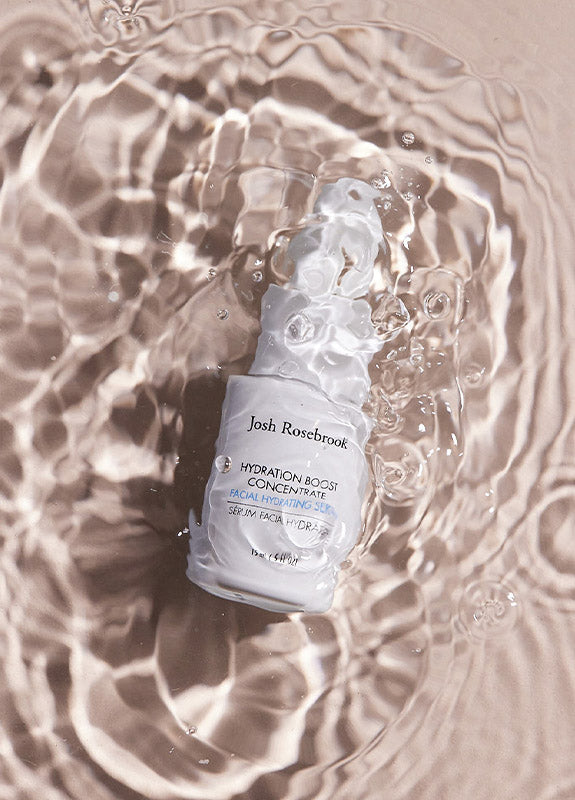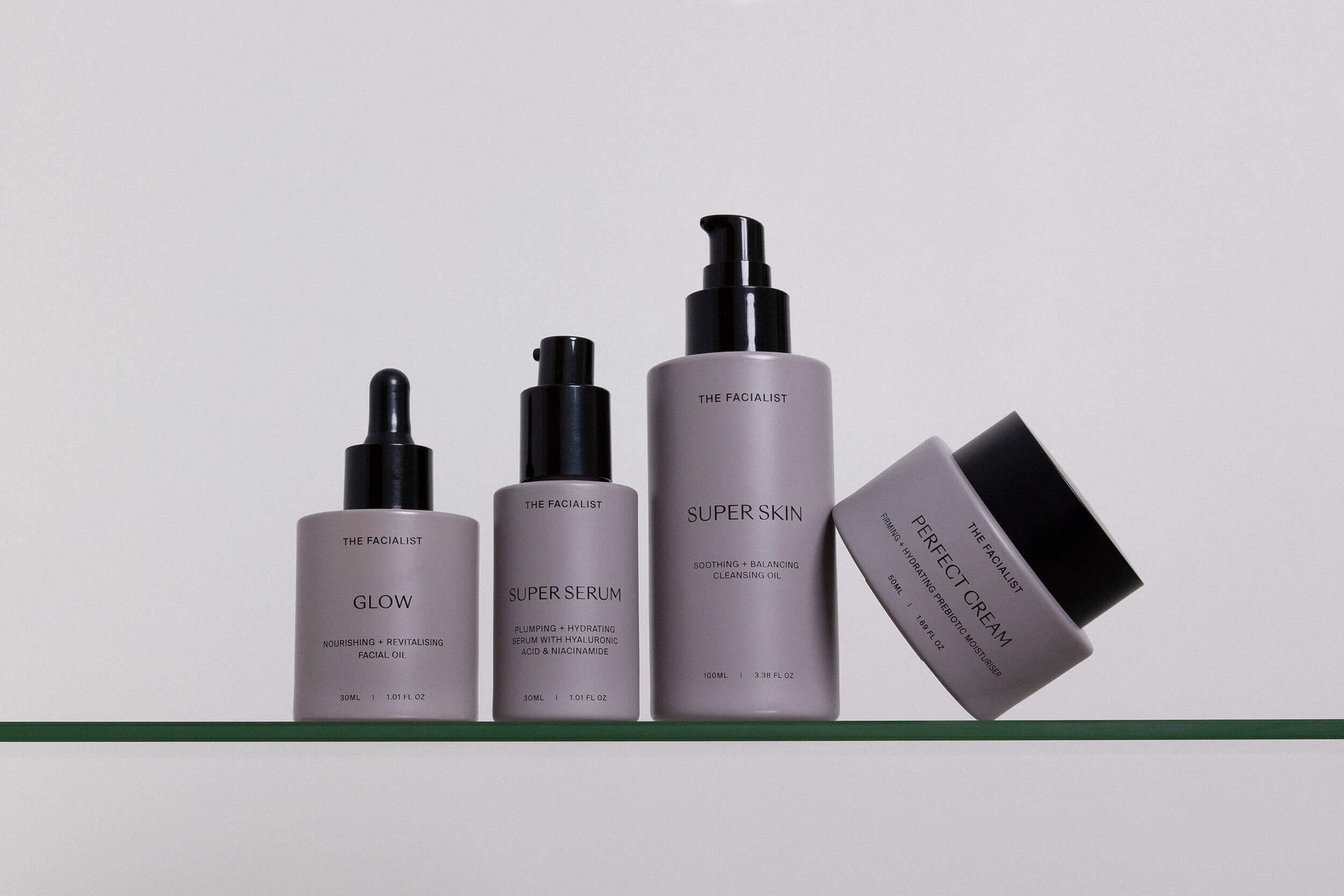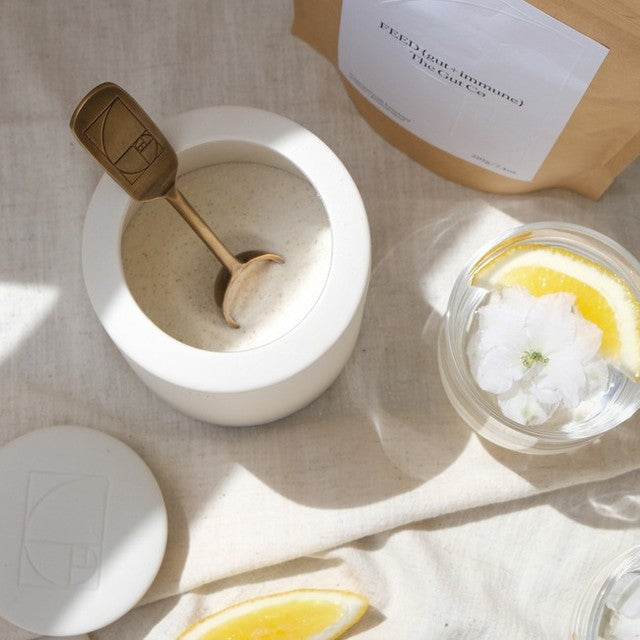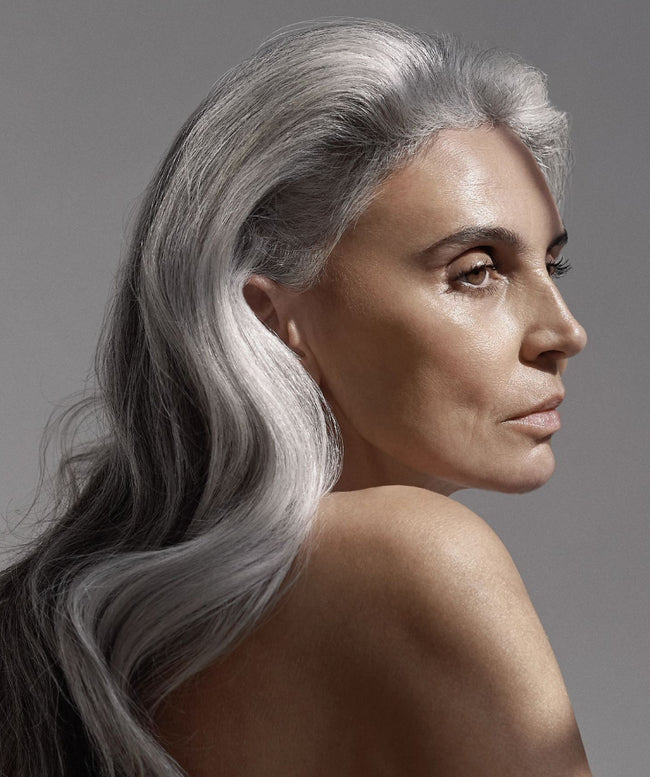Hydration vs. Moisturising

Although different, hydrating and moisturising products work as a team to provide you with soft, plump, protected skin.
At a formulation level, it’s necessary to first understand the difference between a humectant and an occlusive ingredient, including HOW these are used in the products. Humectants, which hydrate the skin, pull water into the skin from within the body or the environment. Occlusives, which moisturize the skin, seal in that water, and support the skin’s barrier function. In short hydration - humectant, whereas moisture suggests that an ingredient is occlusive.
Hydration –
- Hydrators bind water to the skin.
- All skin types & concerns need hydration
- We love serums with hyaluronic acid are great hydrators.
Moisture –
- Moisturizers lock in the hydration
- Works to protect and enhance the skins natural lipid barrier
- All skin types & concerns need moisture
- Lotions and creams are best for this job.
There is no one “miracle cream” that does all the things needed for optimal skin health. Rather, targeted products for a simple yet effective routine which requires performing individual steps, and regularly doing them.
Skin needs both hydration and moisturising. Just using a moisturiser simply isn't enough to hydrate the skin. Dehydrated skin is the leading cause for most skin conditions. When the skin is hydrated it is plump, glowing, and healthy. Conditions like enlarged pores, fine lines, excess oil is all balanced out when the skin is properly hydrated.
A moisturiser will lock moisture into the skin and act as a barrier. Moisturiser plays a vital role in helping to prevent trans-epidermal water loss (dehydration). There's not much point hydrating your skin, if you don't then take care to lock that moisture in with a moisturiser or oil. Likewise putting an oil or moisturiser on dehydrated skin without first hydrating it, you won't get the lovely plumpness you’d get if you use a hydrating serum first.
So how do you know if your skin is dehydrated or dry?
Dry skin is lacking oil and often presents as peeling or flaking skin. Dehydrated skin is lacking water. Skin looks dull, feels tight and fine lines appear. Those with oily skin can still have dehydrated skin, which means it can have high sebum levels, but low water content.
Think of the difference between a grape and a raisin. A raisin is a dehydrated grape. Like the grape is lovely and plump, smooth, and juicy; so is a hydrated skin.
What's the best way to hydrate and moisturise your skin?
Topically:
A hydrating serum will pull moisture into the skin. It's important that these are always applied on damp skin. Follow this step with a moisturiser, which can be a light lotion or a richer cream depending on your skin type.
Favourite Moisturisers -
- EL Supernatural 72 hours Crème Riche
- Janesce Nourishing Skin Reviver
- Josh Rosebrook Vital Balm Cream
- MV Oxygen Moisturiser
- Tata Harper Moisture Lock
Favourite Hydrating Serums -
Internally:
Drinking water and adding supplements like hyaluronic acid and collagen will assist to hydrate from the inside out. Ingestible supplements like omegas (EFAs) internally act like a moisturiser from the inside out. Read more about beauty from within HERE


